ASIA-PACIFIC
UNDP has been working in Asia and the Pacific since the founding of the organization . We now support 36 countries and territories, through 24 offices in the region and the Bangkok Regional Hub.
The Asia-Pacific region is home to some of the world’s largest and fastest growing economies, as well as some of its least developed countries; landlocked countries and Small Island Developing States; some of the most populous urban areas; two-thirds of the world’s working-age population; and rich biodiversity and natural resources.
While the region has made huge strides in alleviating poverty, it struggles to combat inequality, create decent jobs, especially for youth, and meet great risks from natural disasters and climate change.
Working closely with governments in the region, UNDP has advanced employment and livelihoods; helped conserve biodiversity over more than 46 million hectares; supported innovative initiatives such as electronic waste disposal in China; and helped communities recover from and build resilience to disasters; such as the quake in Nepal, the cyclone in Vanuatu, and typhoon Haiyan in the Philippines.
We’re now assisting governments in planning, budgeting and implementing the Sustainable Development Goals. We also help governments fast-track those efforts through innovative projects on youth employment, technology transfer, climate adaptation and mitigation, and disaster preparedness.
COUNTRY SNAPSHOTS
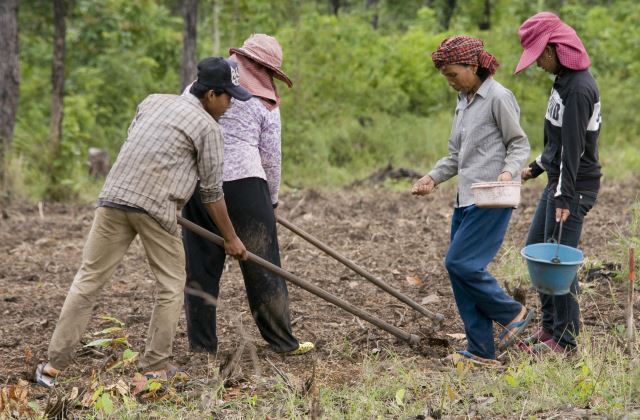 Cambodia
UNDP Cambodia
Cambodia
UNDP Cambodia
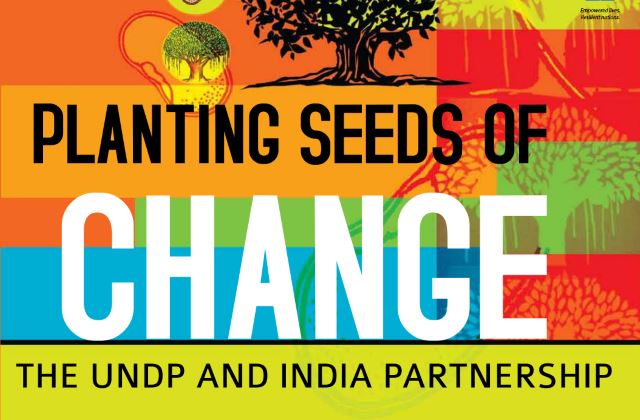 India
UNDP India
India
UNDP India
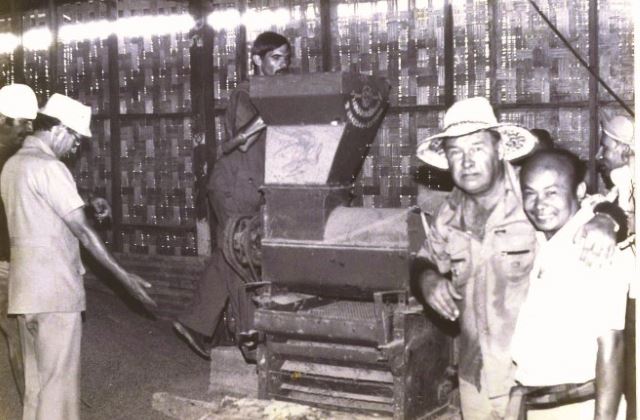 Lao PDR
UNDP Lao PDR
Lao PDR
UNDP Lao PDR
 Mongolia
UNDP Mongolia
Mongolia
UNDP Mongolia
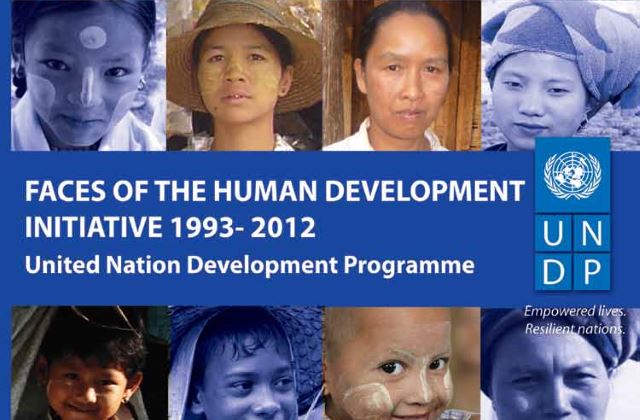 Myanmar
UNDP Myanmar
Myanmar
UNDP Myanmar
 Philippines
UN/UNDP / Joseph F. Viesti
Philippines
UN/UNDP / Joseph F. Viesti
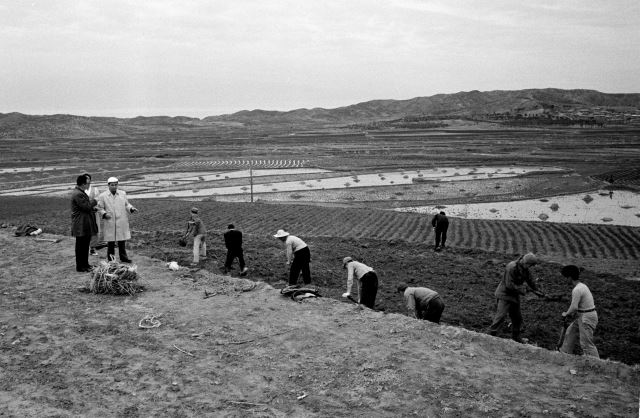 Republic of Korea
UN Photo/PB
Republic of Korea
UN Photo/PB
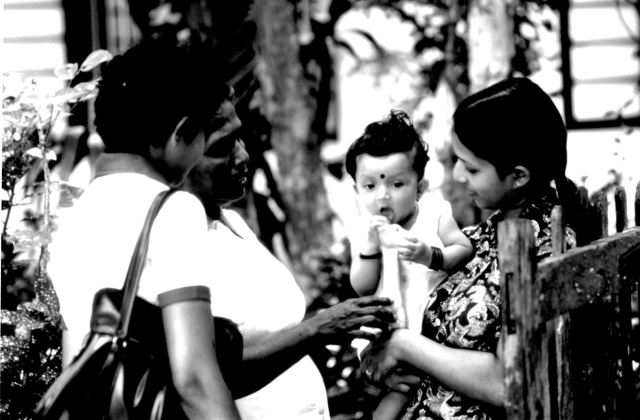 Sri Lanka
UNDP/Steve Maines, 1983
Sri Lanka
UNDP/Steve Maines, 1983
 Thailand
UN/UNDP / Maggie Hopp
Thailand
UN/UNDP / Maggie Hopp
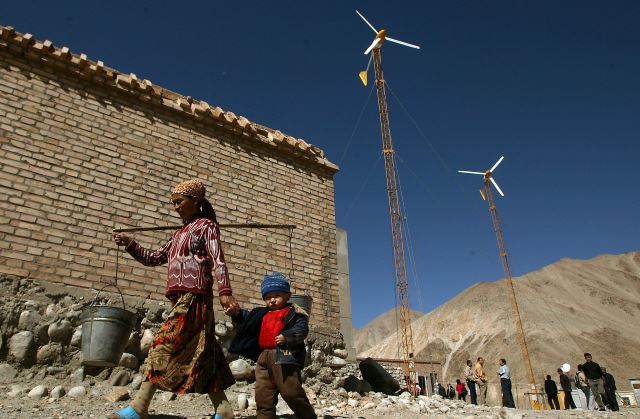 China
UNDP China
China
UNDP China
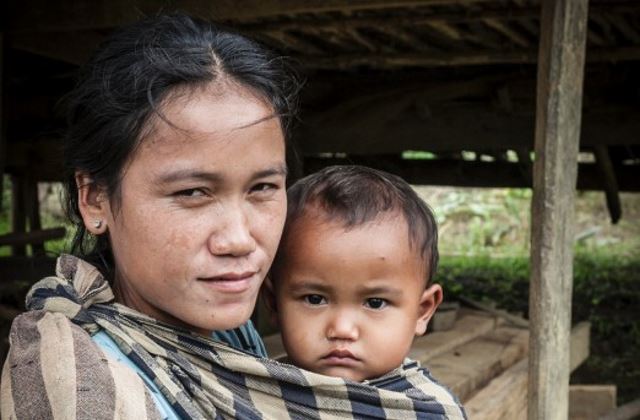 Lao PDR
UNDP Lao PDR
Lao PDR
UNDP Lao PDR
 Afghanistan
Afghanistan
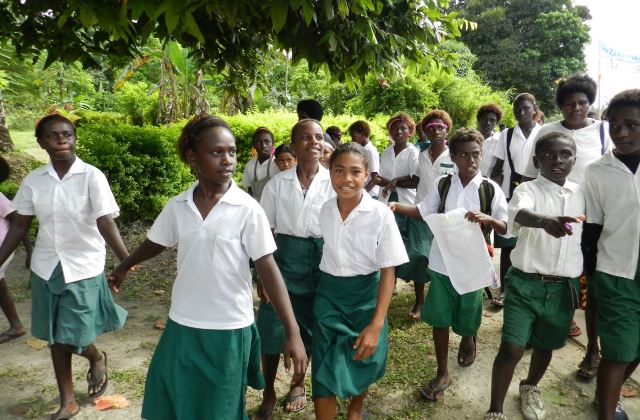 Papua New Guinea
UNDP Papua New Guinea
Papua New Guinea
UNDP Papua New Guinea
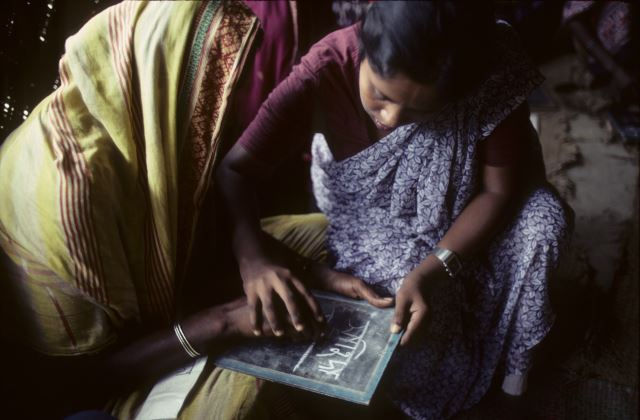 Bangladesh
UN Photo / M. Wild
Bangladesh
UN Photo / M. Wild
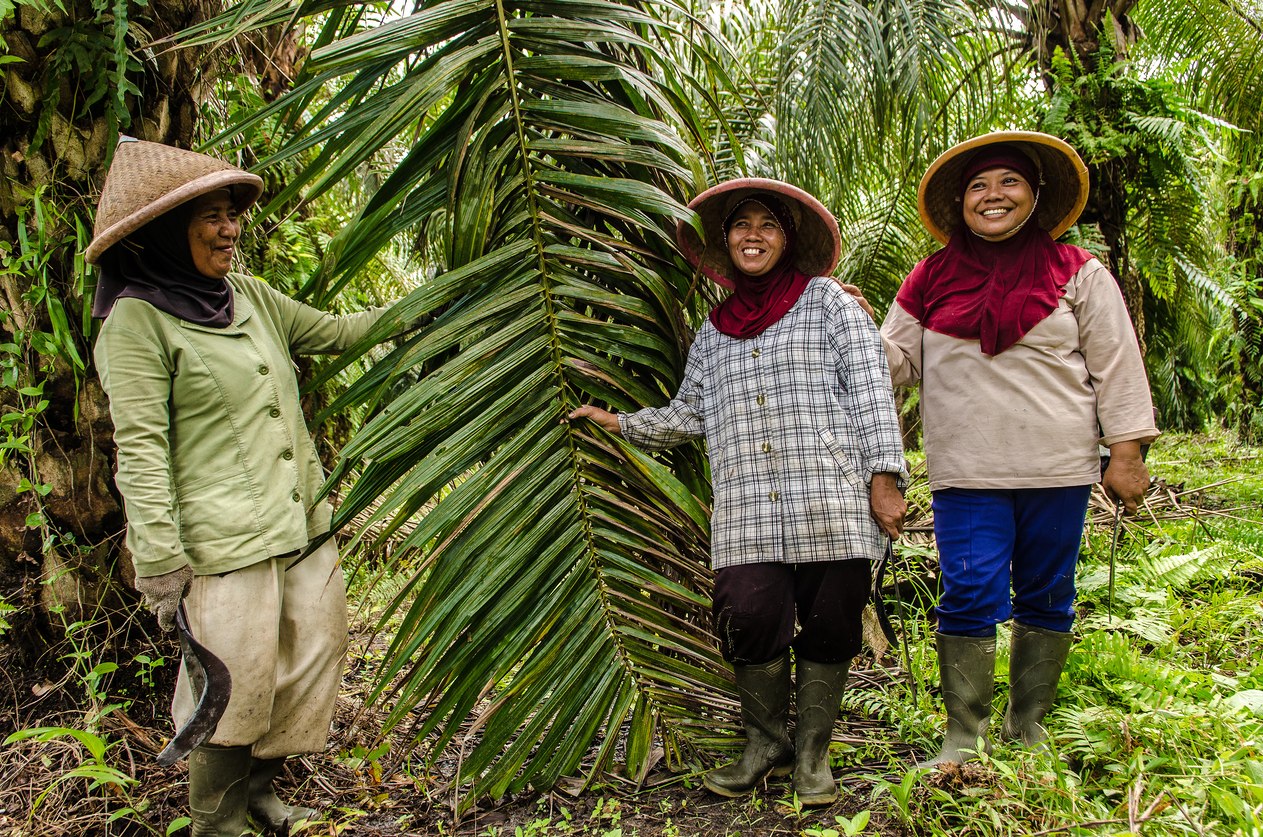 Indonesia
Nicholas Hurt / Rebecca Lake / UNDP
Indonesia
Nicholas Hurt / Rebecca Lake / UNDP

